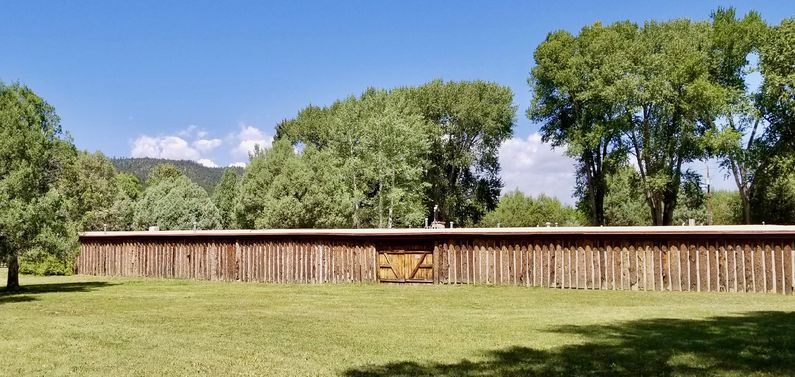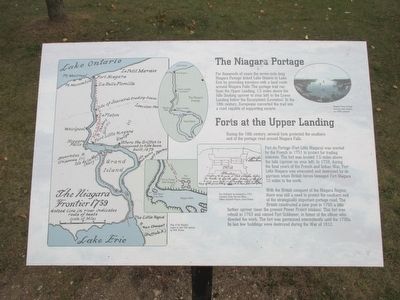Nestled in the heart of New Mexico, Fort Burgwin, also known as Cantonment Burgwin, is a location rich in history and cultural significance. Established in 1852, this military outpost was strategically positioned to protect the Taos Valley from the Ute and Jicarilla Apache tribes. Named after Captain John H. K. Burgwin, who tragically lost his life during the Siege of Pueblo de Taos in 1847, the fort was a testament to the turbulent times of westward expansion and the conflicts that arose from it.
Fort Burgwin’s story is intertwined with the broader narrative of American expansionism and the Manifest Destiny ideology that gripped the 19th-century United States. During the Mexican-American War (1846-1848), tensions in the region were high as local indigenous communities and Hispanic settlers grappled with the influx of American pioneers. This culminated in the Taos Revolt of 1847, a rebellion led by figures like Pablo Montoya and Tomasito against U.S. authorities, during which Governor Charles Bent was killed.
In the years following its establishment, Fort Burgwin played a crucial role in providing security for settlers and facilitating trade routes through the challenging landscapes of New Mexico. The fort witnessed the Battle of Cieneguilla in 1854, where the U.S. 1st Cavalry Regiment clashed with Jicarilla Apache warriors, a stark reminder of the ongoing conflicts between Native American tribes and U.S. military forces.
After being abandoned by the Army in 1860, the fort saw a revival in the mid-20th century when it was reconstructed and transformed into the Fort Burgwin Research Center. This transformation was spearheaded by Ralph Rounds and later supported by former Texas Governor Bill Clements. Today, Fort Burgwin serves as the SMU-in-Taos campus, offering a unique educational experience that combines the natural beauty of the Sangre de Cristo Mountains with a rich historical backdrop.
As you explore this fascinating location, imagine the lives of those who once walked these grounds—soldiers, indigenous people, and settlers alike—each leaving their mark on the tapestry of American history.



